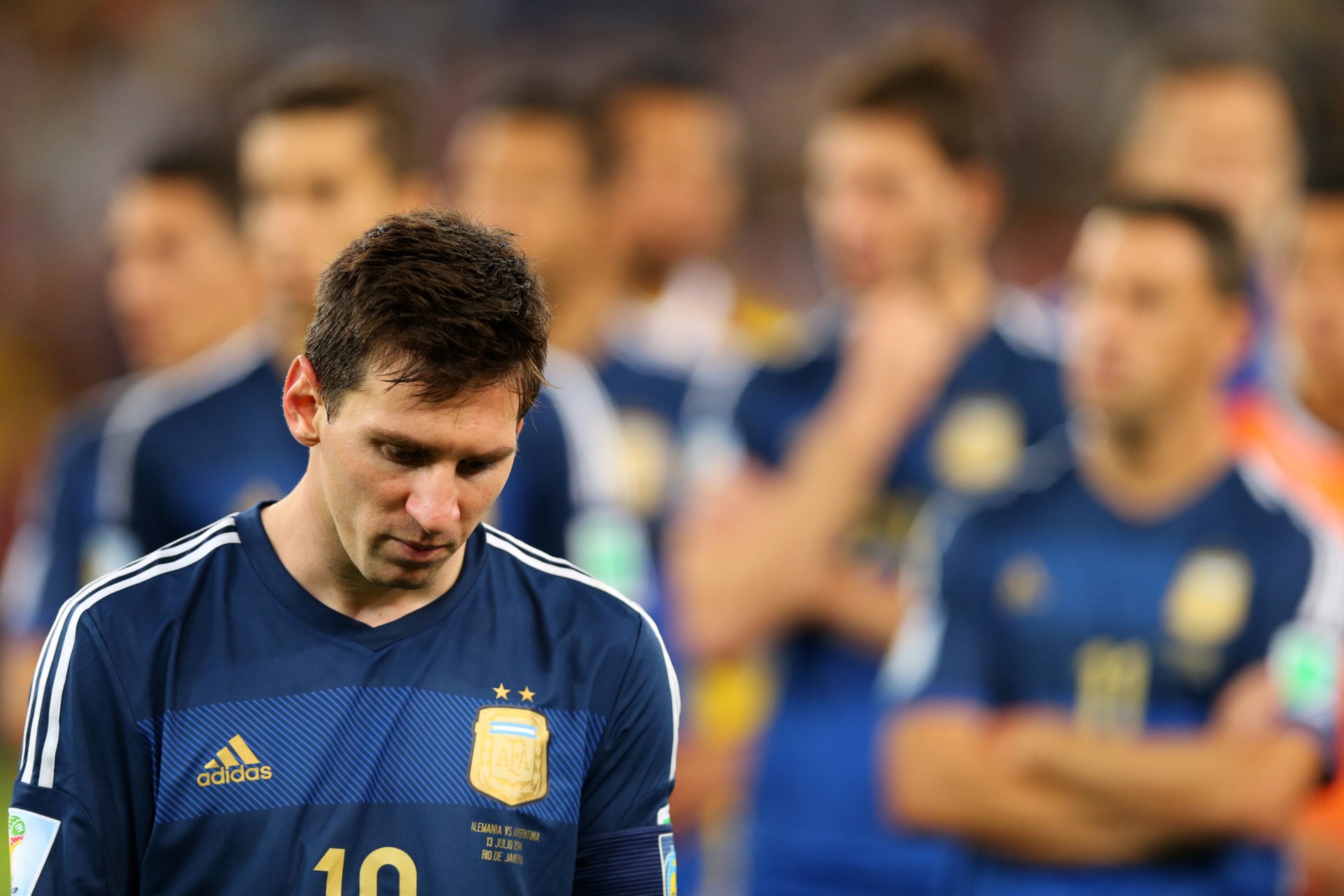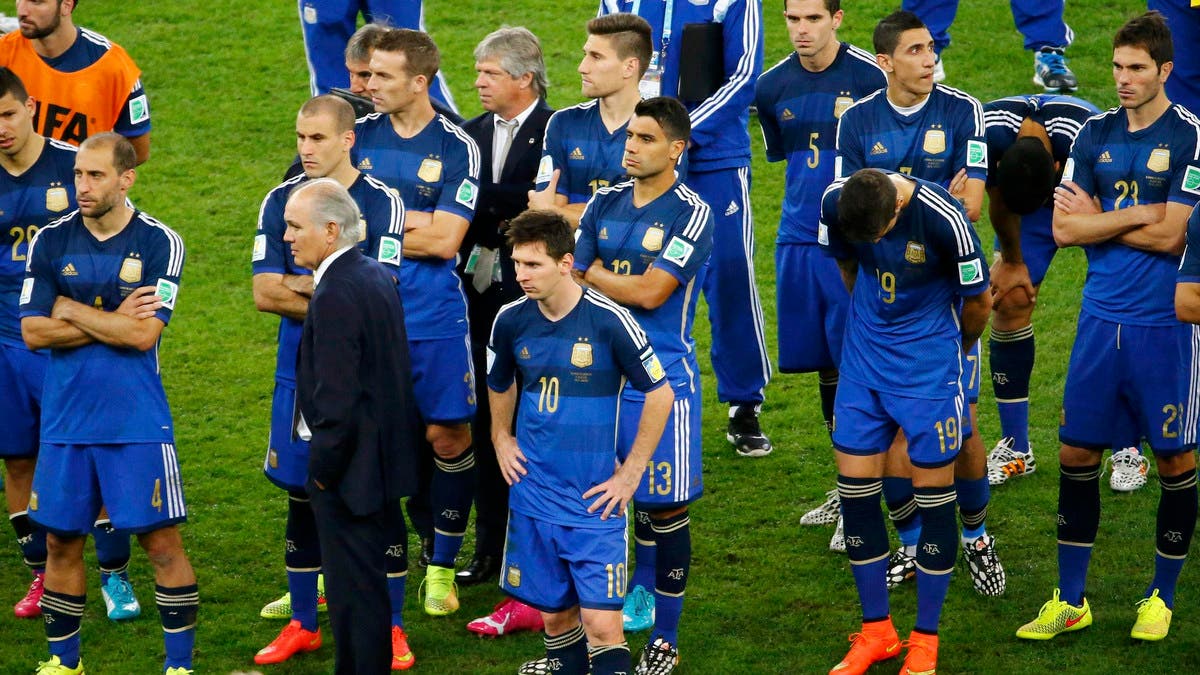Man, let me tell you, digging into the 2014 World Cup final—it wasn’t just a casual watch party. This was a project. I remember sitting there in 2014, feeling the air just drain out of the room when Götze smashed that one in. For years, I just let that feeling sit there, chalking it up to bad luck, but that wasn’t good enough for me anymore.

The Trigger: Why I Had to Go Back to 2014
My real motivation for this whole thing kicked off about six months ago. I coach a local Under-15 soccer team, a bunch of good lads, and we had just choked in our biggest league final. I mean, truly screwed the pooch. We played the whole game tight, had two absolute sitters, missed them, and then got sucker-punched in extra time. It felt like history repeating itself, just on a much smaller, muddier field. I was furious, not at the kids, but at the mindset.
I decided then and there that I couldn’t just tell them to “be better.” I needed a case study. The biggest, most heart-wrenching, most tactically flawed loss possible. And what fits that bill better than Argentina 2014? So, I pulled up all the match footage. Every single minute. I didn’t just watch the final; I went back and binged-watched their entire knockout run.
The Deep Dive: My Process of Uncovering the Mess
I didn’t watch it like a fan this time; I watched it like a mechanic looking for a busted piston. I opened up my trusty old spreadsheet—yeah, I’m that guy—and started logging things the commentators usually miss. My focus was simple:
- The Midfield Battle: How many times did Mascherano actually get help when closing down?
- The Gaps: Where were the defenders when the ball was on Germany’s right flank?
- Body Language: Specifically, after Higuain’s huge, early miss.
I spent about two weeks on this. Every night after dinner, I would rewind the first half of that final, sometimes three or four times. I poured over the moments just before and after the big chances. And the more I watched, the more the so-called “bad luck” started looking like calculated mistakes.
The first major thing I spotted was how Argentina’s entire tactical plan was built on a crumbling foundation: waiting for the counter. Coach Sabella had the 4-3-3 shape but functionally, it was a super deep, rigid 4-4-1-1. Messi was isolated. Lavezzi was doing all the tracking back, and that midfield trio of Mascherano, Biglia, and Perez just couldn’t generate any consistent offense. They were there to destroy, not to create.

I zeroed in on the substitutions. This is where I think the game was truly lost. Sabella pulled off Lavezzi at halftime for Agüero. On paper, great, fresh striker. But Lavezzi was a tireless worker who was tracking back hard and keeping the defensive shape tight. When Agüero came in, he wasn’t doing that dirty work. The whole left side of the field opened up. Germany, who are masters at exploiting half-spaces, must have been licking their chops. It was a clear panic move to try and win it in 90 minutes, and it was the key tactical error.
The second gigantic error I documented was the simple, crushing missed chances. Higuain’s one-on-one. Messi’s shot right after the break. Palacio’s lob over Neuer in extra time. I logged all three not as “misses,” but as “opportunities missed due to execution under pressure.” They weren’t reacting like a team that truly believed they would score. That’s a coaching and mental issue, not just a physical one.
The Real Story: Why This Obsession Matters
Now, I know what you’re thinking: why the extreme effort for a game that happened years ago? This is where the personal stuff kicks in, the reason why I bothered to write out an almost 900-word breakdown.
When my U-15s lost that final, they were devastated. One of my best players, a young center-back named Leo, was blaming himself hard for a mistake near the end. He was ready to quit the team. He had locked himself away for a week.
I drove over to his house. I didn’t yell. I didn’t give him a pep talk. I just sat him down and showed him my notes, specifically the Lavezzi substitution. I explained how even the best coaches in the world make mistakes, and how even the legendary Messi misses goals in the biggest moments of his career. I showed him that the Argentina loss wasn’t one guy’s fault; it was a series of compounding, tiny errors and a tactical shift that broke the team. That’s soccer. That’s life.

I made him watch just the build-up to the Götze goal. I pointed out the three separate failures in defensive tracking that happened before the shot was even taken. It wasn’t his fault; it was a systemic failure. The weight just lifted right off his shoulders.
He came back to practice the next day. The passion was back. He saw the 2014 loss not as a tragedy but as a technical blueprint of what not to do. I realized my massive, nerdy breakdown of that final wasn’t about proving Germany deserved it—they did—it was about finding a useful lesson in the mess and applying it practically to someone who needed it. That’s why I documented all of this. It wasn’t a history report; it was a coaching tool.
Key Mistakes: What My Notes Revealed
If you want the quick hit from my findings, here are the three biggest tactical screw-ups I identified:
- Over-reliance on the Counter: Sabella played too defensively, essentially conceding the midfield battle from minute one and isolating their best attacker (Messi).
- The Agüero/Lavezzi Swap: Taking Lavezzi off was a disaster. It sacrificed the defensive stability of the left flank for an ineffective attack boost, which Germany then hammered repeatedly in the second half.
- Mental Fragility: That early Higuain miss wasn’t just a miss; it visibly sucked the air and belief out of the team, and Sabella didn’t have a plan or the personnel on the field to inject belief back into them when the pressure mounted.
It’s a tough pill to swallow for Argentine fans, but for me, it was a necessary deep-dive that changed how I coach and, frankly, how I look at my own work and life failures. Sometimes, you just have to rewind, track the movement, and admit you made a tactical substitution error.
